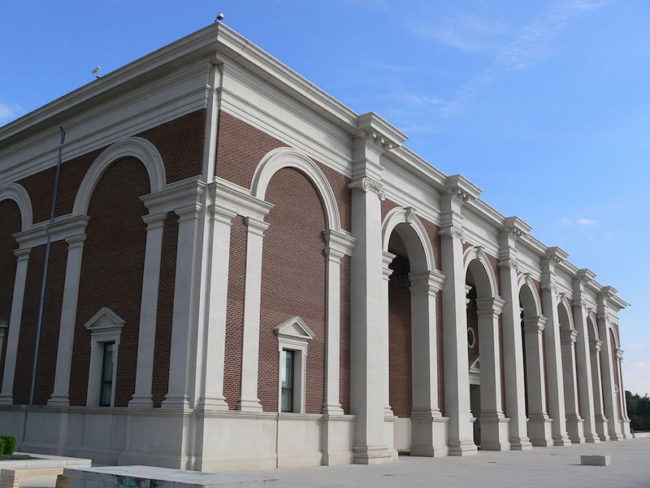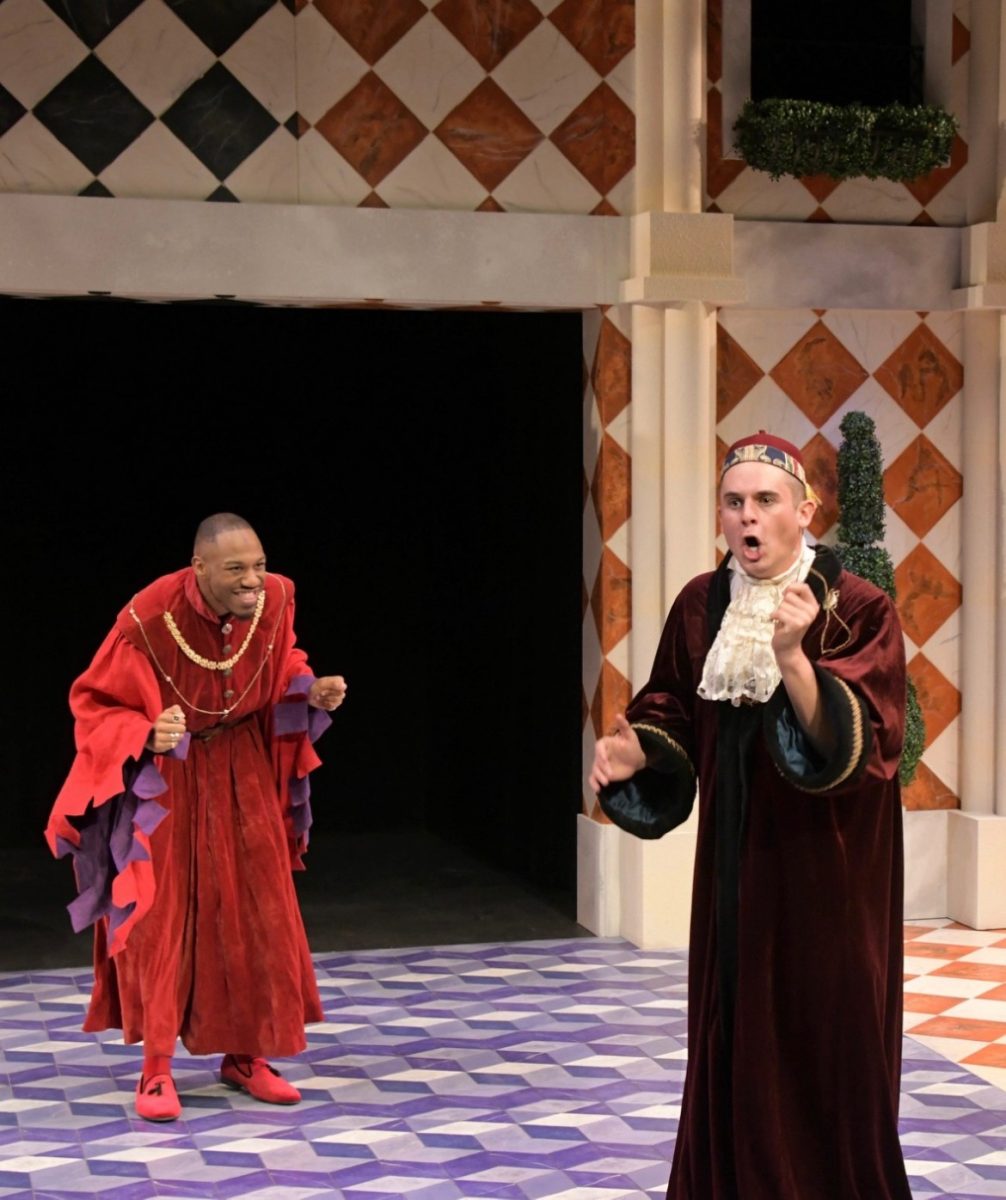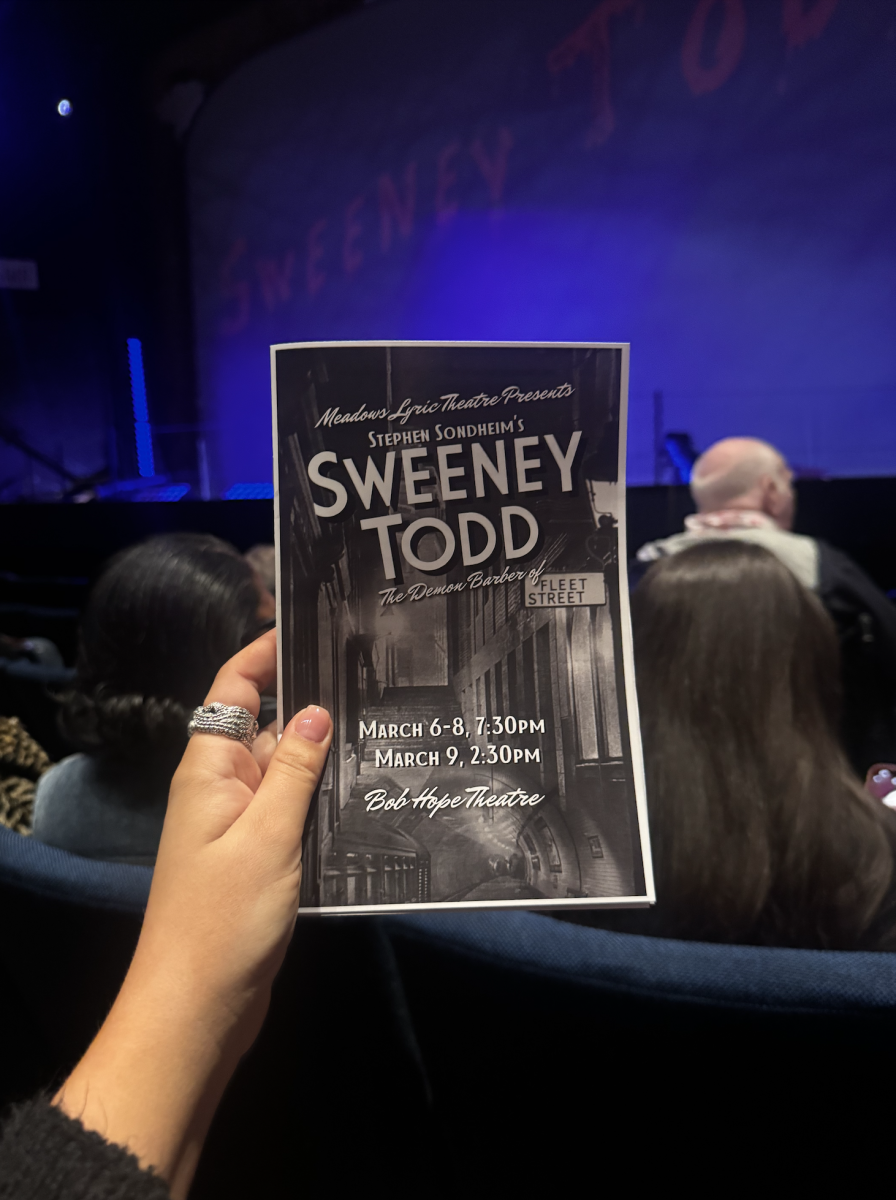Bridget Marx is the Associate Director of the Meadows Museum at Southern Methodist University. The Meadows Museum was founded in 1965 by Algur H. Meadows, a native to Texas who worked in both philanthropy and the oil industry. Meadows was profoundly influenced by the Spanish collection of art at the Prado Museum in Madrid, which inspired him to begin his collection. He began The Meadows Foundation and later the Meadows Museum in addition to the art program at SMU. Marx gives insight to the collections, programs and opportunities that Meadows gives to a community that is devoted to the foundations of Spanish artwork it was founded on.
RL: What inspires your vision for the Meadows Museum?
BM: Mr. Meadows’ original vision for the museum…to create a small Prado for Texas continues to inspire me as I work on exhibitions, building the collection and supporting education initiatives.
RL: Describe some of the opportunities the museum gives to rising artists.
BM: As a museum that focuses on Spanish art, both in terms of our collection and exhibition schedule, it has proven difficult to work with living artists. However, we have had some success in this area. First, every year we host the Moss/Chumley Award where we recognize an outstanding North Texas artist who is actively creating as well a community advocate. Beyond this, we have included contemporary works in some of our exhibitions, most notably with the exhibition “Spanish Muse: A Contemporary Response” where we installed contemporary art inspired by Spanish masters. We collect modern and contemporary Spanish sculptors, such as Calatrava and Plensa and are working on how to define what a collection of contemporary Spanish art would look like.
RL: Do you feel obliged to uphold the foundation of Spanish artwork that the museum was founded upon?
BM: Absolutely. We have found that when we stray from Spanish art, our message gets muddled. Our audience knows us as Spanish and expects it. Additionally, our funding is tied to collecting only Spanish art and promoting Spanish exhibitions and research.
RL: Do you feel inclined to modernize the museum in terms of installing contemporary collections that stray from the traditional genre for which the museum is based in? If so, can you propose any ideas you have that would jumpstart the progression of the museum into the future?
BM: Each exhibition that we do at the Meadows goes beyond an installation; it includes original research, often a publication, and adds to the scholarship on the artist, period, etc. If we were to host a contemporary artist, we would have to maintain excellence in each of these avenues. I believe it can be done; we have yet to find the right Spanish artist.
RL: What do you enjoy most about your job?
BM: While I have enjoyed the hands-on, unique experiences that I have had over the years,– traveling with artwork, unpacking Christopher Columbus’ log book, touring Presidents, Dukes and Kings through the collection– my most enjoyable part of the job is helping to support our education department. They have done amazing work bringing the collection and the experience of seeing art to audiences that would otherwise not be able to have the opportunity, such as our diverse student population in Dallas, blind and low-vision visitors, and their work in art therapy for those with memory loss and dementia. This is truly rewarding.
RL: Which piece of art is generally considered the highlight of the collection?
BM: Either Velazquez’s “Sybil” or Goya’s “Yard with Madmen.”
RL: What would your “dream” exhibition be about? Which artist or period?
BM: Roman Spain.
Thank you to Ms. Marx for taking the time to answer my questions and give the community a more in-depth insight into the foundation, inspiration and motives of the Meadows Museum.















